The Most Appropriate Treatment For A Patient With A Mild Upper Airway Obstruction Includes
The most appropriate treatment for a patient with a mild upper airway obstruction includes. Limitations of extraglottic devices arise in morbidly obese patients lengthy surgical procedures surgery involving the airways laparoscopic procedures and others due to its bulkier design and inferior ability to prevent aspiration. The upper airway may be acutely or chronically obstructed by nasal and oral pharyngeal pathology. Is the airway patent.
A nasopharyngeal airway and assisted ventilation with a bag-mask device. In these circumstances endotracheal intubation is generally preferred. Mild airway obstruction effective cough Coughing generates high and sustained airway pressures and may expel a foreign body so it is important to encourage the patient to cough.
If you know that youre at risk for. If upper airway cough syndrome is suspected a trial of a decongestant and a first-generation antihistamine is warranted. Intubate and apply CPAP with 50 oxygen.
Tracheostomy if unable to ventilate. Differential diagnosis and management of. Symptoms include inspiratory stridor and retractions at rest.
Intubation should be attempted prior to surgical management of the airway in most cases of upper airway obstruction. Provision of supplemental oxygen in the setting of airway obstruction ie. A Airway.
The diagnosis of asthma should be confirmed based on clinical response to. An oropharyngeal airway and high-flow oxygen via a nonrebreathing mask. Signs of a partially obstructed airway include a changed voice noisy breathing eg stridor and an increased breathing effort.
Administer oxygen by a 40 air-entrainment mask. Of OSAHS persist despite treatment or if the patient has not been receiv-ing therapy consultation with a sleep specialist is appropriate.
Intubation should be attempted prior to surgical management of the airway in most cases of upper airway obstruction.
All burn patients that develop delayed symptoms of airway obstruction should undergo direct laryngoscopy and bronchoscopy to assess airway patency. Airway obstruction can be partial or complete. All burn patients that develop delayed symptoms of airway obstruction should undergo direct laryngoscopy and bronchoscopy to assess airway patency. The upper airway may be acutely or chronically obstructed by nasal and oral pharyngeal pathology. Tracheostomy if unable to ventilate. If upper airway cough syndrome is suspected a trial of a decongestant and a first-generation antihistamine is warranted. An oropharyngeal airway and assisted ventilation with a bag-mask device. The anatomical area where the resistance to air is highest is the nasal valve and even mild deviation in this area can lead to significant upper airway obstruction. Treatment for anaphylaxis may involve the use of oxygen as well as antihistamines and anti-inflammatory drugs to help you breathe and reduce swelling.
Limitations of extraglottic devices arise in morbidly obese patients lengthy surgical procedures surgery involving the airways laparoscopic procedures and others due to its bulkier design and inferior ability to prevent aspiration. Continue to use the EvaluateIdentifyIntervene Sequence. An oropharyngeal airway and high-flow oxygen via a nonrebreathing mask. If surgery cannot be postponed these patients may require adjustment of CPAP pressures or even empiric CPAP vide infra Section 54 to eliminate upper airway obstruction when the endotracheal tube is removed. In these circumstances endotracheal intubation is generally preferred. Provision of supplemental oxygen in the setting of airway obstruction ie. Treatment for anaphylaxis may involve the use of oxygen as well as antihistamines and anti-inflammatory drugs to help you breathe and reduce swelling.









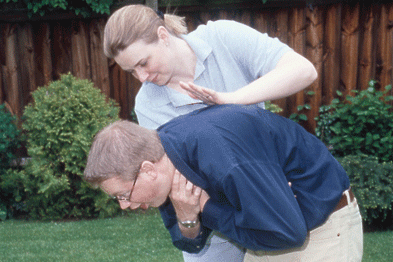




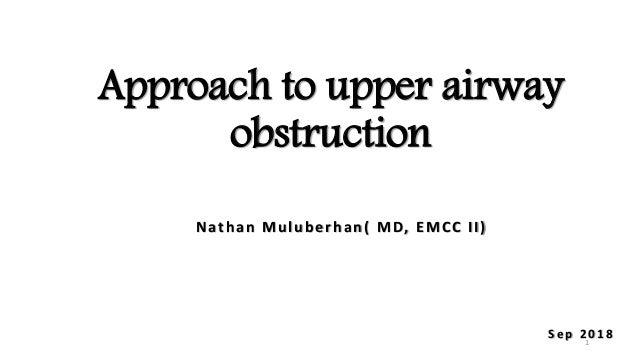
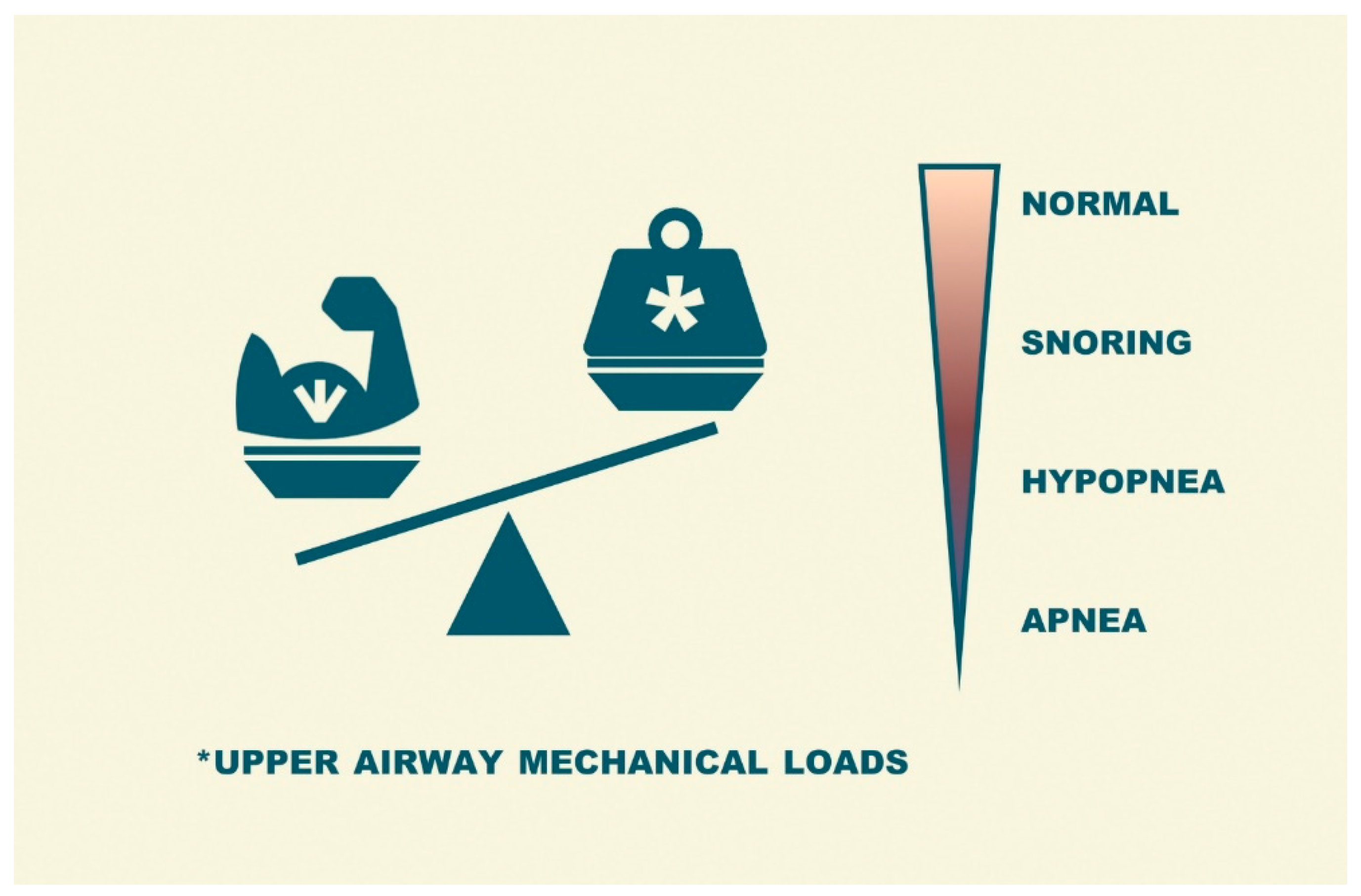
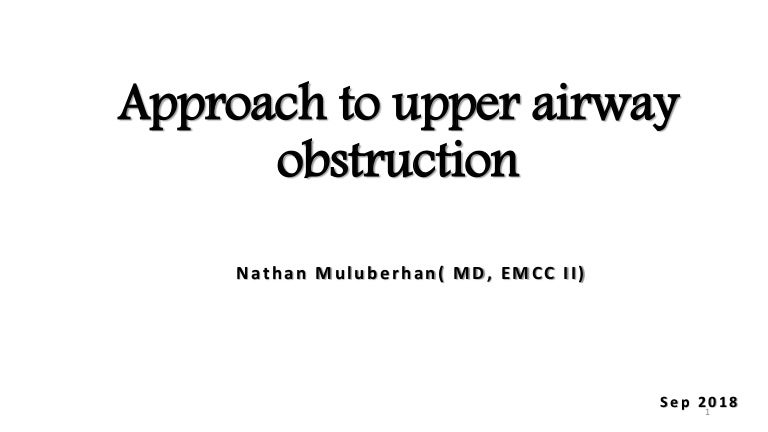
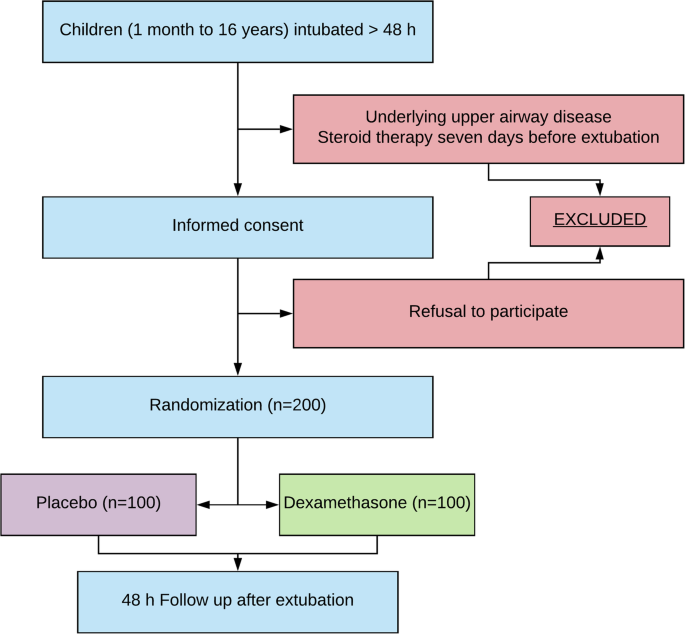
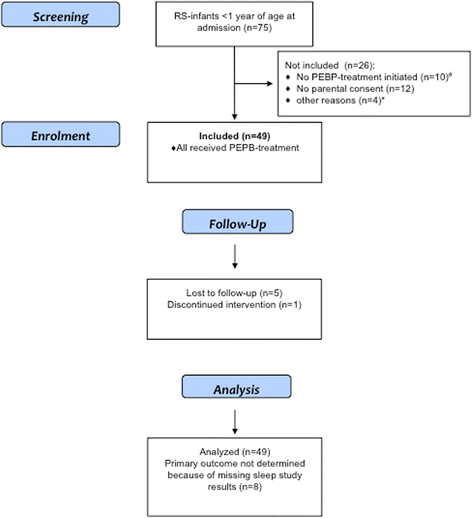









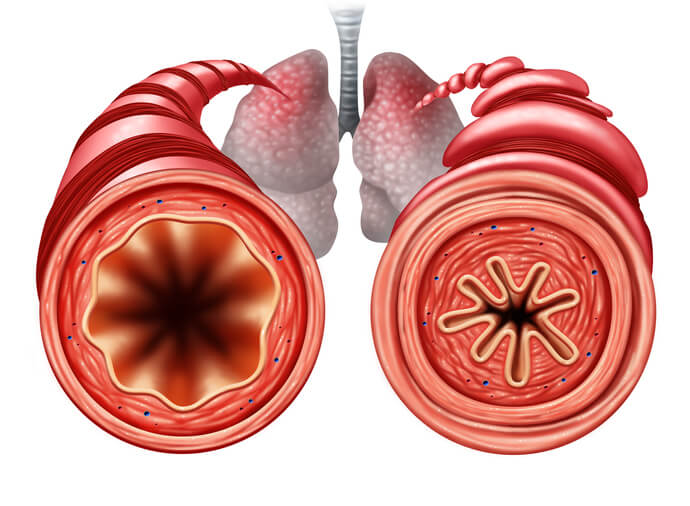
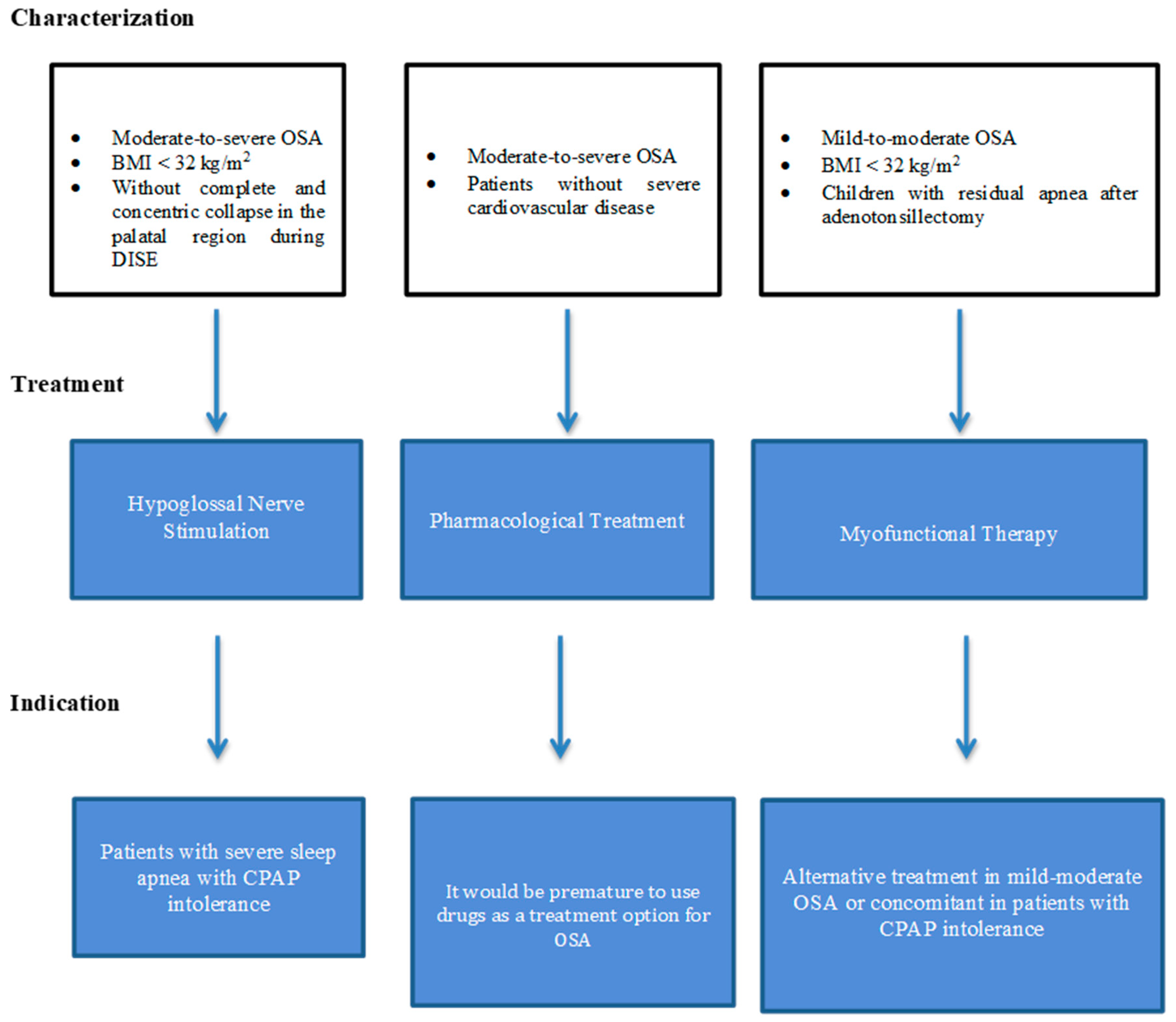

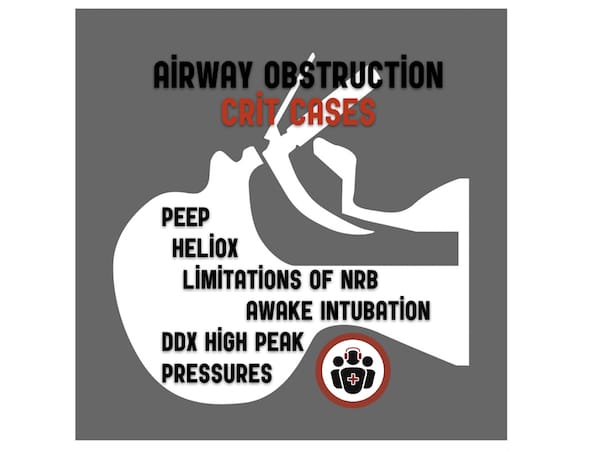
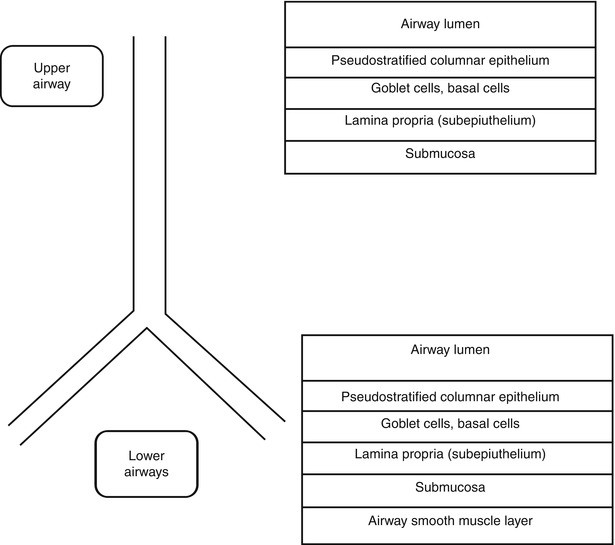



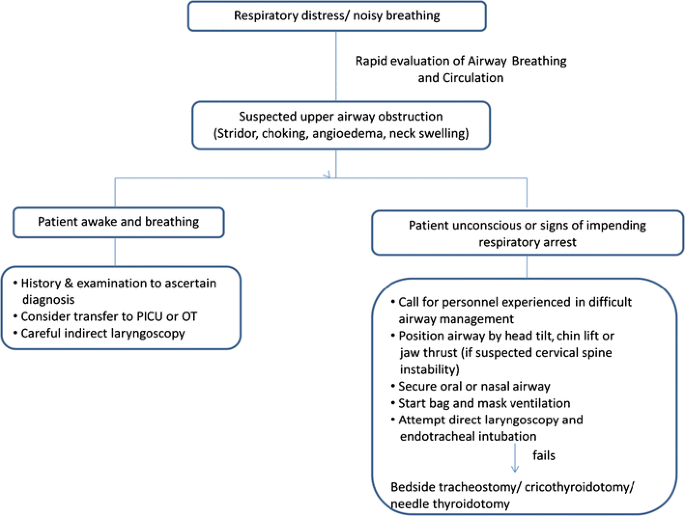



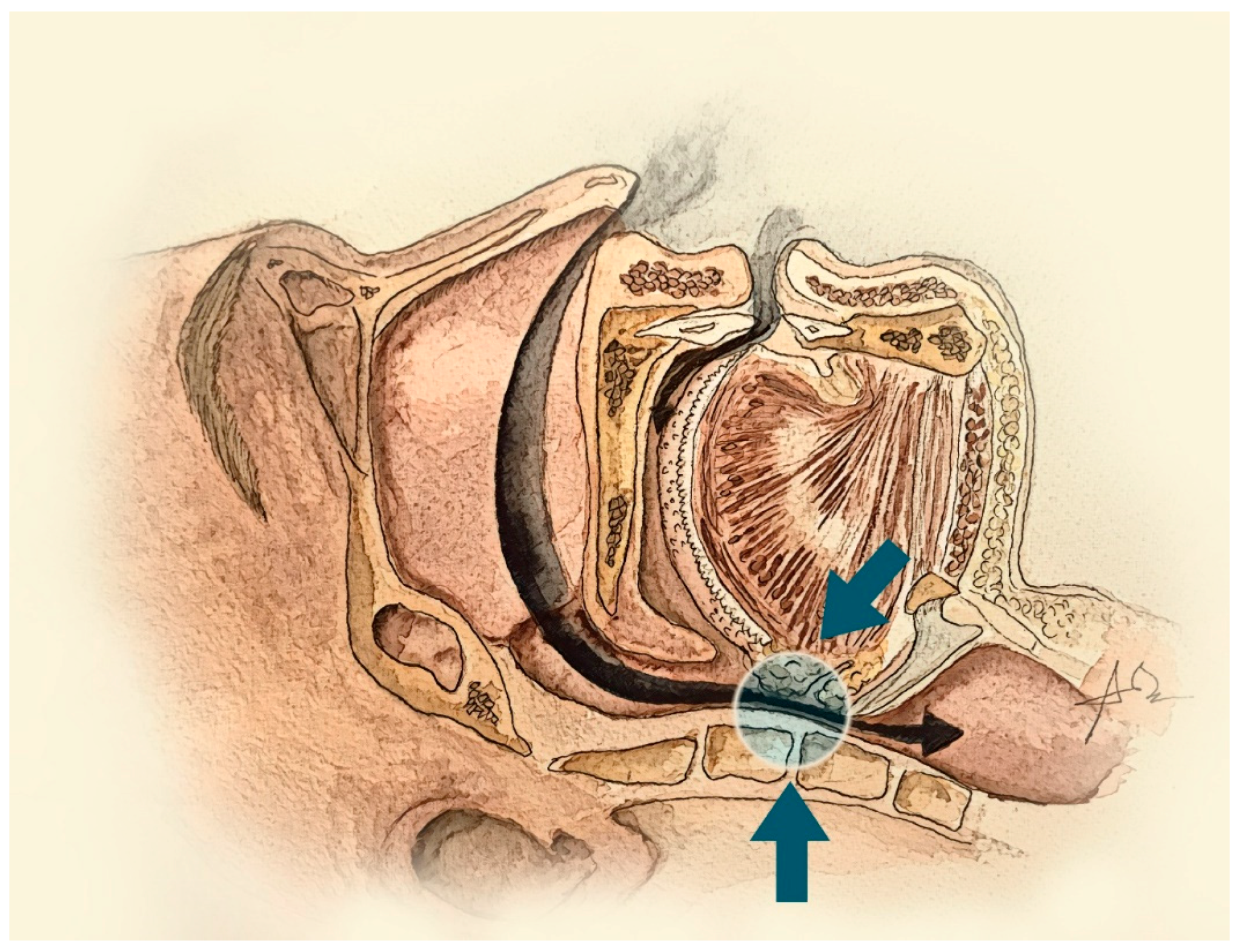
Posting Komentar untuk "The Most Appropriate Treatment For A Patient With A Mild Upper Airway Obstruction Includes"